Washington companies aim to increase efficiencies, lower costs and improve cold chain control
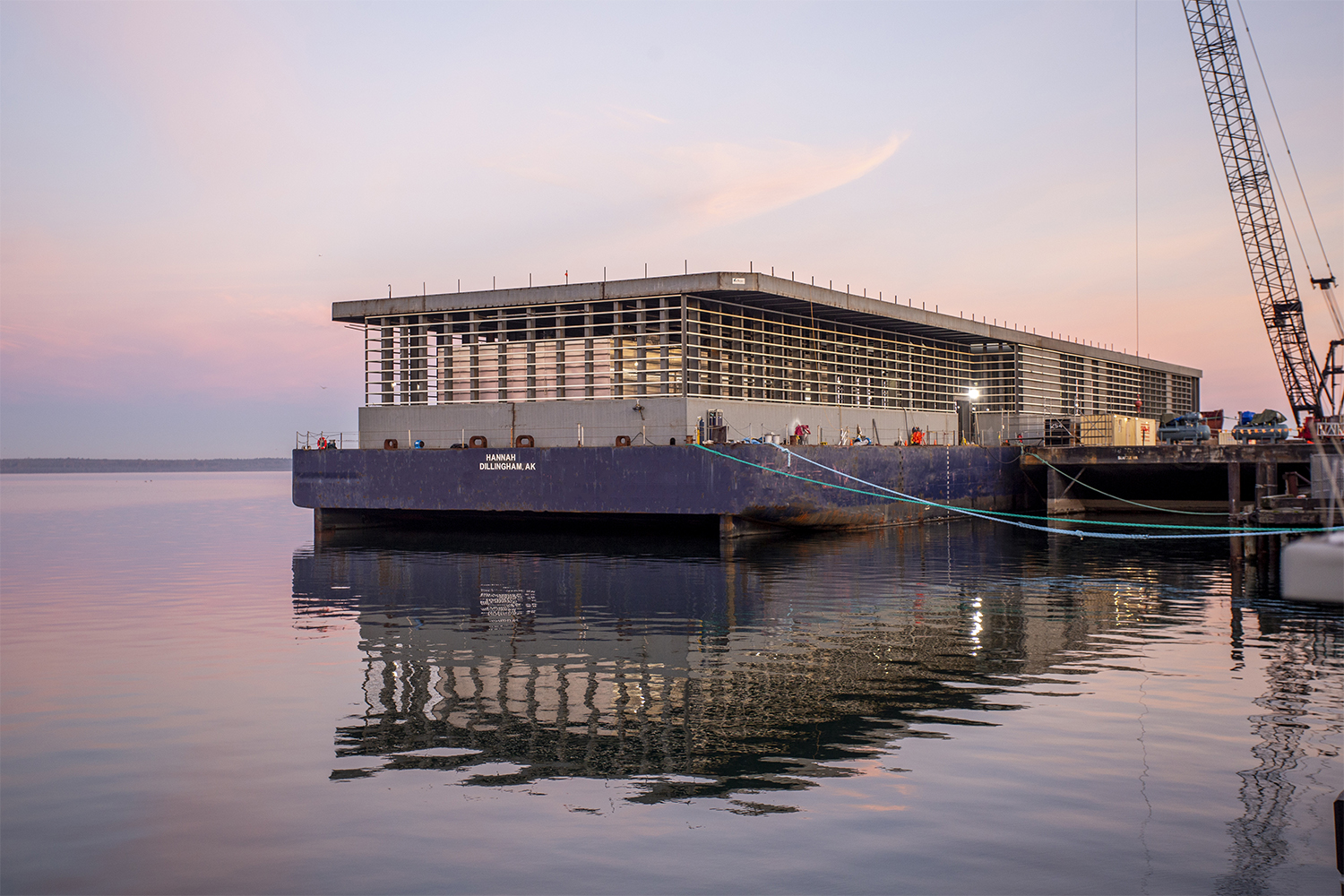
In an effort to increase salmon freshness and the efficiency of labor and transportation costs in the logistics of getting salmon to market, two companies are hard at work building floating barges that will purchase salmon from fishing fleets in Alaska, freeze them in whole round form and store them aboard the barge until it returns to port at the end of the season.
Northline Seafood, based in Sitka, Alaska, began building the Hannah in Bellingham, Wash., this past February at a cost of U.S. $62.5 million. When it sails to Bristol Bay for its inaugural 2024 sockeye salmon season, it will have the capability to manage between 750,000 and 1 million pounds of salmon per day, storage capacity for up to 14 million pounds of salmon and a staff of 23 working on the barge floor.
In the winter, when the Hannah returns to the Pacific Northwest, Northline staff will be heading and gutting fish on the barge, and the company will work with custom processors and oversee value-added processing when it returns to port.
“With 10 generator sets operating our cold storage, we’ll have plenty of backup equipment to keep our fish cold,” CEO Ben Blakey told the Advocate. “And even in the extremely unlikely event that the freezers were to shut down on the first day of the voyage and not be turned on for three weeks, the insulating properties of the barge are such that the fish would take weeks to thaw.”
Blakey said the Hannah’s small labor footprint and large storage capacity translate to cost savings in shipping and labor.
“Our vessel integrates freezing, shipping and cold storage, and in the Pacific Northwest it will assist in value-added processing. Fish move less and they are subject to a consistent, ultra-low-temperature cold chain, meaning greater efficiencies and improved salmon quality.”
There’s a need for this efficiency, he added, citing the shortage of shipping containers and trucks on the road during the pandemic.
“Those shortages created significant challenges for the seafood supply chain, adding costs and delaying delivery of product. While shipping times have improved, costs remain high,” he said. “With high volumes of frozen seafood inventory in the market, cold storage cost and availability is still a challenge for seafood processors. Our business model relies less on trucks and third-party cold storage because a large portion of our shipping and cold storage options are integrated into the Hannah.”
In Aberdeen, Wash., Charlie Campbell, co-founder of Circle Seafoods, said the introduction of floating barges is direly needed.
“The industry has not materially changed in a long time, and we believe this model is just better for the industry in terms of the cost, the quality and the experience,” he said. “It’s a sea change of what’s to come, and though it requires capital and expertise, we have both of those things to do this at scale.”
Circle Seafoods is building the first of what it hopes will be six barges, in Aberdeen, with plans for a maiden voyage in the 2024 fall season for pink and chum salmon. The barge, called Circle Barge, will begin with a capacity to freeze 500,000 pounds of salmon daily, but will have the flexibility to increase its daily freezing capacity to 1.5 million pounds.
Built to house up to 80 staff, it will store fish until it reaches its storage threshold, and only then return to port.
“Things will get more exciting when we have multiple barges,” Campbell said. “We’ve talked about having a transport barge that will unload the fish, allowing our capacity to go way up.”
With ground-breaking factory trawler Ecofive, Bluewild is building a blueprint for greener fishing
The construction of the barge will take up to nine months. Campbell refused to disclose the construction costs but said the project was the vision of his partner, Pat Glaab, a 40-year veteran of the seafood industry who has built more than 10 processing plants in Alaska.
“He’s been the engineering mind behind a lot of the innovation in the industry, and we’re confident this model works,” he said. “The carbon savings from this model are significant. We ran the numbers against the status quo process and it’s a 50 percent reduction in carbon per pound. We can also be really thoughtful in the processing and utilize nearly 100 percent of the fish, because we’re freezing salmon round [whole] and processing to order.”
The goal, he said, is to bring stability to the industry, both for fishermen and for customers in the short and long term.
“There’s a lot of good things associated with being able to freeze salmon quickly to ultra-low temperatures, then controlling the cold chain to the Lower 48. It allows us to perform like a manufacturer – filling orders on demand and hiring people full-time to do the processing,” he said. “Put together, all of this will lower cost, improve quality, provide reliable supply and offer more full-time employment.”
While Circle Seafoods is confident it can enter the market independently, it’s looking for a strategic partnership with an existing processor.
“With one barge and a partner we’ll be able to service a fleet much more effectively at scale, so there’s a lot of synergy to having a partner and working together,” he said.
Now that you've reached the end of the article ...
… please consider supporting GSA’s mission to advance responsible seafood practices through education, advocacy and third-party assurances. The Advocate aims to document the evolution of responsible seafood practices and share the expansive knowledge of our vast network of contributors.
By becoming a Global Seafood Alliance member, you’re ensuring that all of the pre-competitive work we do through member benefits, resources and events can continue. Individual membership costs just $50 a year.
Not a GSA member? Join us.
Author
-

Lauren Kramer
Vancouver-based correspondent Lauren Kramer has written about the seafood industry for the past 15 years.
Tagged With
Related Posts
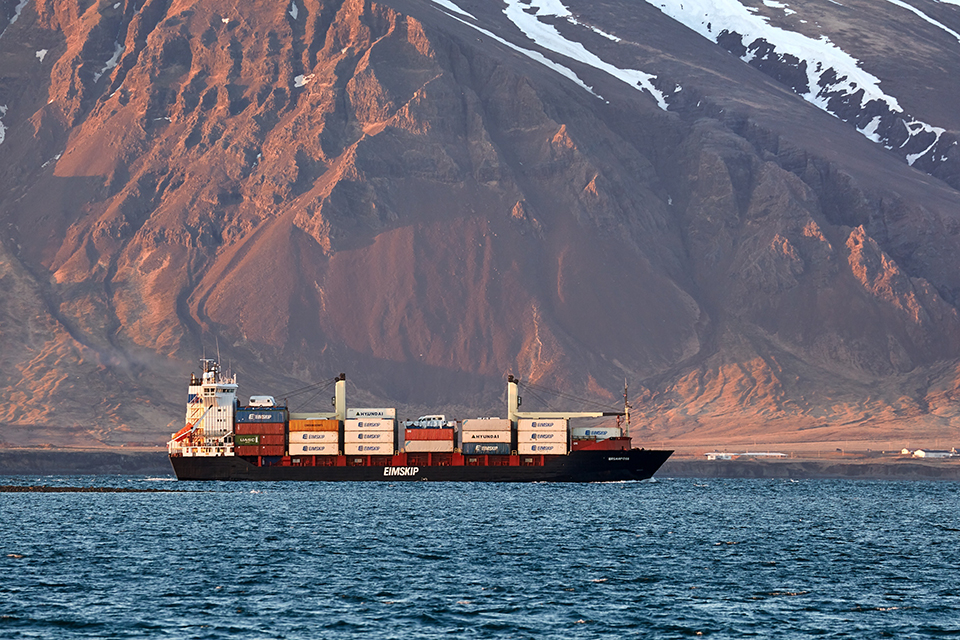
Responsibility
‘They thought we were crazy’: Behind one Faroe Island salmon farmer’s bold stance to reduce its carbon emissions
Hiddenfjord executive’s insistence that “fish should never fly” flies in the face of industry norm. This Faroe Island salmon company intends to do things greener.
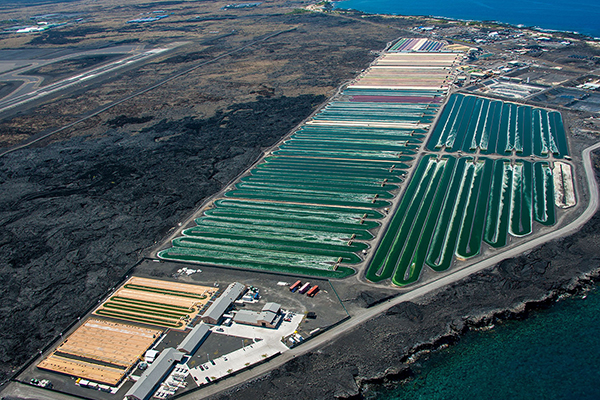
Responsibility
A circular economy approach to transform the future of marine aquaculture
Marine microalgae-based aquaculture has the potential to provide greater than 100 percent of global protein demand by 2050.
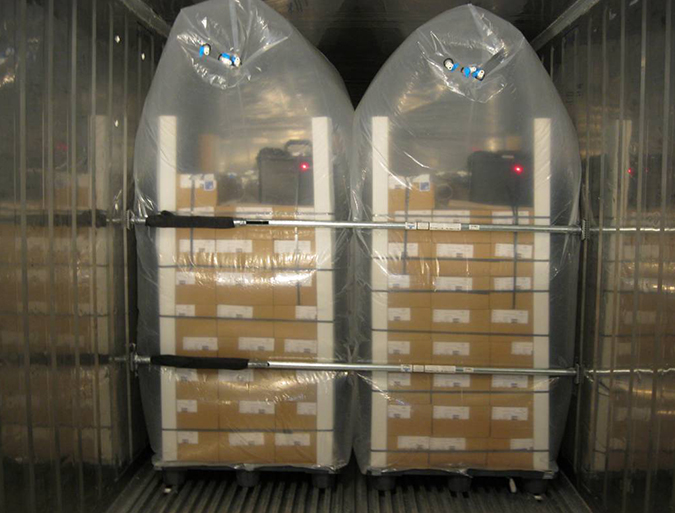
Responsibility
Slow fish: Preventing waste via packaging
BluWrap shipping technology can cut the seafood industry's abysmal food-waste statistics by dramatically extending the shelf life of fresh product. Company CEO Mark Barnekow's mission is to get fresh fish off airplanes and onto ocean-bound cargo ships.
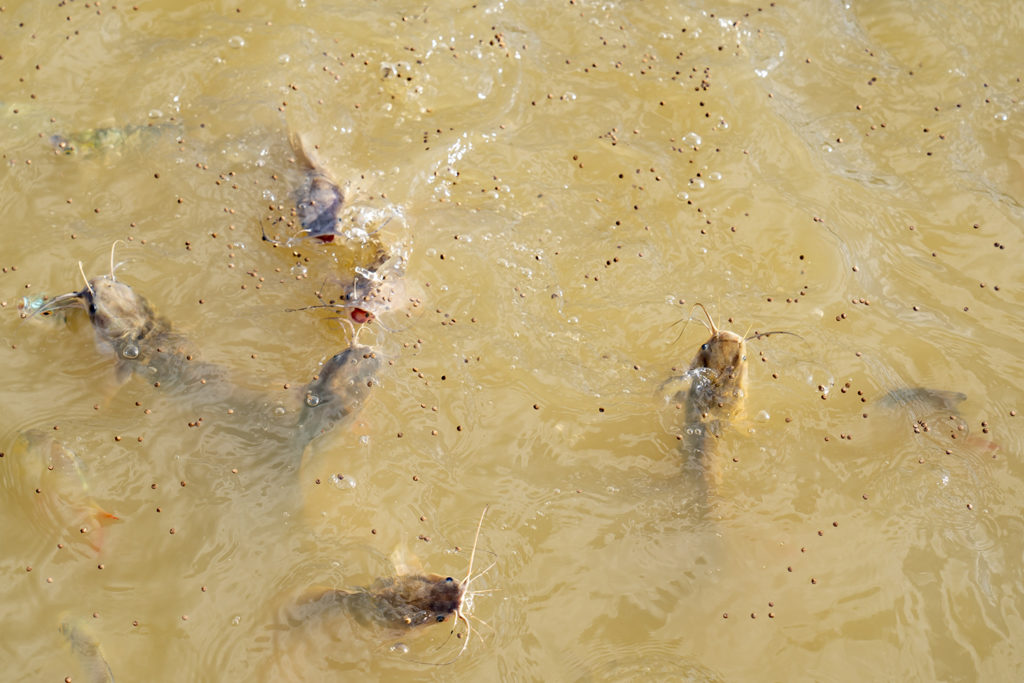
Aquafeeds
‘We will very likely find it’: Microplastics warning sounded for aquafeeds
The warning about microplastics pollution is finding its way to aquaculture, as a new study finds contaminated samples of fishmeal, a prominent aquafeeds ingredient.


